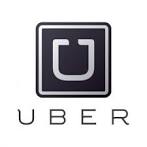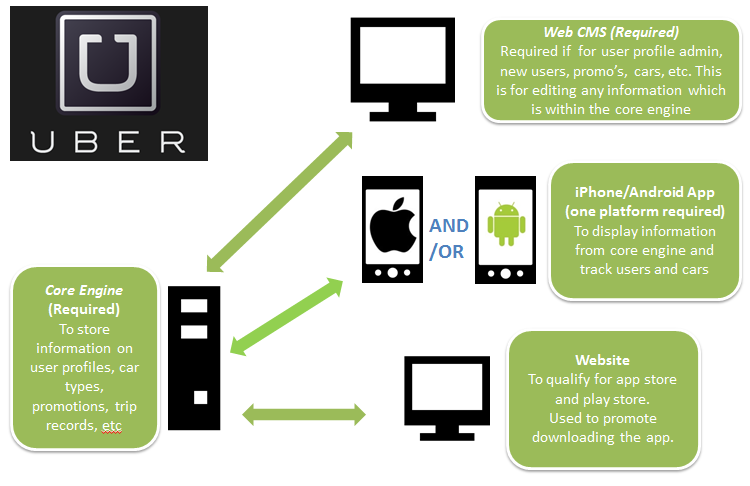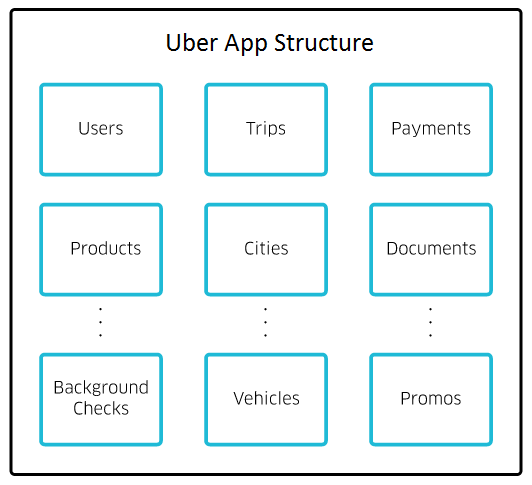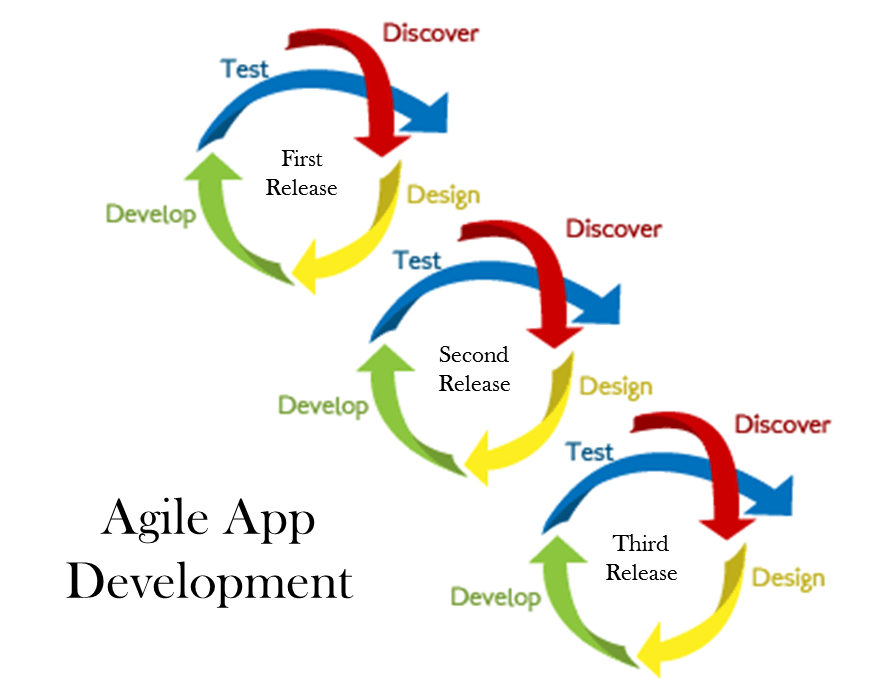
We often get enquiries from clients who talk about a “simple” app idea they’d like to develop.
When asked what their idea involves, far too often we get responses like this.
“Just a simple app, something like Uber”
Uber created their “simple” app (then called UberCab) in San Francisco where they went live in 2009 with an MVP version (minimum viable product) of their app. Google and Benchmark pumped $258 million dollars of funding into it two years ago, but what would an MVP version of their app cost a budding app-renuer today?
Firstly let’s understand the concept. Building an app is not too different as the process of building a house would be. You need multiple teams to complete the job i.e. Electrician, plumber, bricklayer, architect, etc.
At Appomate we also have a number of talented development teams i.e. Android development team, iOS development team, Web app development team, etc.
So if we asked the team to come up with a “ballpark figure” to recreate some of the world’s most popular apps, what would that look like?
Uber, the San Francisco-based company made do with $50 million to build its product from scratch to current iteration. Then Google and Benchmark pumped $258 million more into it this past August.
Some people may view the app to be simple after 1-2 uses but Uber has many aspects to it that the casual app user may not identify.
 Uber, the San Francisco-based company made do with $50 million to build its product from scratch to current iteration. Then Google and Benchmark pumped $258 million more into it this past August.
Uber, the San Francisco-based company made do with $50 million to build its product from scratch to current iteration. Then Google and Benchmark pumped $258 million more into it this past August.
Some people may view the app to be simple after 1-2 uses but Uber has many aspects to it that the casual app user may not identify.
Because Uber works in real time, so the app needs to be primarily built in a “core engine” which multiple users can access it from multiple devices at multiple times.
This is so all parties drivers, users making trip requests, users about to make a trip request and Uber admin are all getting the same “real-data” as each other.

Within the Uber core engine these is a detailed multi-level structure for Uber’s many functions i.e. payments, products, different cities, promotions, etc. (see below). All of their features have basically their own app and database built for its sole purpose, this is done to make Uber incredibly fast to scale up or down and add or remove features.

Google and Facebook also follow this strategy.
An MVP, however, would need to be developed on a much-simplified codebase.
Based on its early rounds, even a minimum viable product for Uber would have cost about $1 to $1.5 million to develop.
After assessing all of this, it is easy to see Uber isn’t what you would call a simple app.
So what would it cost to build MVP versions of the world’s most popular apps?
 Twitter isn’t necessarily difficult, but the layered features within the app would take a development team a while to get right.
Twitter isn’t necessarily difficult, but the layered features within the app would take a development team a while to get right.
The key to this project is it’s ‘experience layer’, the interface that makes a product relevant and intuitive for people to use while quickly demonstrating its value. The apps incorporation of feedback loops, analytics and its community largely amount for how successful this app is.
How much for a Twitter MVP?
$50,000-$250,000
Last Year Twitter yearly revenue was US$2.21 billion (2015)
 Instagram is slightly more complicated to build than Twitter due to a wider range of skills required for handle image-filtering and heavy backend image loads.
Instagram is slightly more complicated to build than Twitter due to a wider range of skills required for handle image-filtering and heavy backend image loads.
You could still build an Instagram-like product inexpensively compared to many other popular apps. A basic version of Instagram could take only three to six months.
How much for an Instagram MVP?
$100,000-$300,000
Last Year Twitter yearly revenue was US$2.21 billion (2015)
In around nine months of development and design time, you could create an app which includes the most important features of Facebook. This would be the least of your concerns, however.
It’s estimated that Mark Zuckerberg was spending $3,000 per month on hosting Facebook for the first year and roughly $10 million per month by 2006 as the app’s collection of photos, videos and messages grew exponentially in that time period.
Today Facebook has begun investing in power plants in order to host its user’s photos, videos and messages on its servers. It a fair estimate to say Facebook would be opening up a $30 million dollar hosting bill every month to handle its current volume.
How much for a Facebook MVP?
$300,000-$500,000
Last Year Facebook yearly revenue was US$17.928 billion (2015)
Key Takeaways
Although we’ve tried to shed some light on what drives the cost of app development
in relation to a basic version of all of these apps, developing a world-changing app requires a high amount of resources from both a development and maintenance position.
There’s an enormous amount of complexity that goes into each app’s environment: not just hosting costs but office infrastructure, product management and marketing to name a few.
But these apps have evolved over months and some over years.

Building an app which includes only a few basic features which apps like Uber, Twitter, Instagram or Facebook make use of in their apps, getting it to the market and adding additional features based on user demand is a much smarter way to build an app.
A strategy like this is even possible even with a budget of $15,000-$25,000.
Take a look at an app we recently developed called Habit Recode which helps you form positive habits by charging a small fee if you don’t follow through on your intended goal for the day.
This app has 276 positive reviews by active users and almost to 5,000 downloads and this app was created for the same budget some companies charge for an “app workshop”
While starting a business based around an app is often a low-cost way to enter a marketplace compared to brick and mortar approach an app business will only become successful if you’re able to provide users with something they aren’t getting from other avenues.
However, the hard part isn’t necessarily the tech, its building and validating the product and adjusting it until you find a market fit.
Truthfully, you couldn’t replicate Uber, Twitter, Instagram or Facebook as it is today for a billion dollars. But you could potentially spend a few million on a “simple app” that copies Uber, Twitter or Instagram and no one will ever use.
The success of your app relies on you being able to build something remarkable, captivating and new; something with better features, different features or fewer features. That’s what the next Travis Kalanick, Jack Dorsey, Kevin Systrom, Mike Krieger or Mark Zuckerberg would do.
back to the Blog